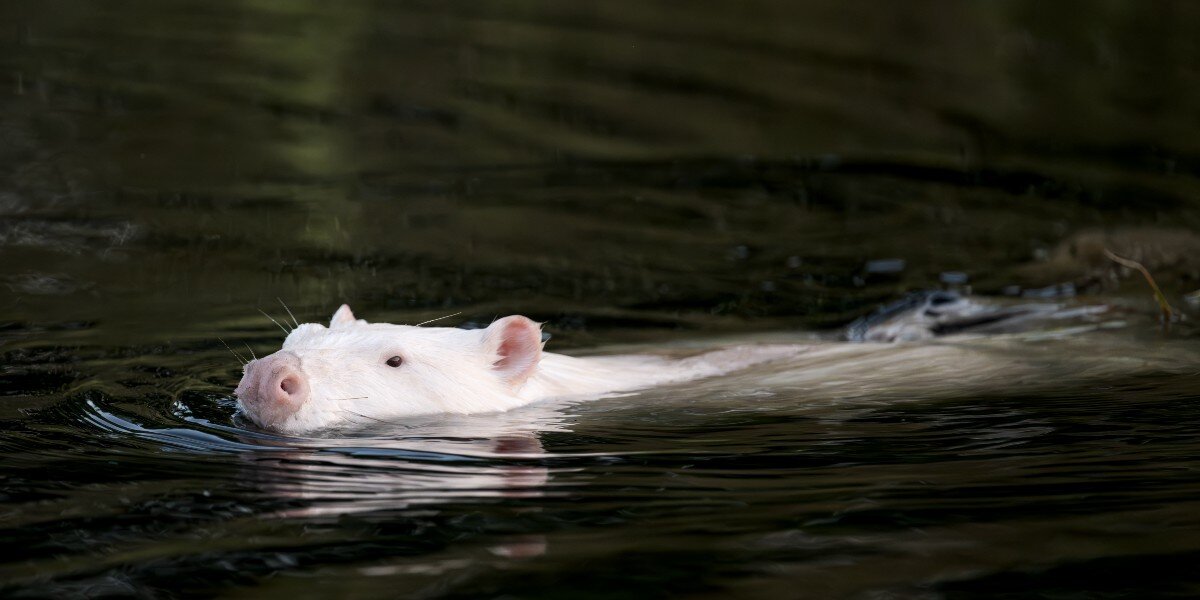Shocking Decline: Common Dolphins Face Shorter Lives in the North Atlantic!

Imagine a world where the playful common dolphin, one of the most beloved marine mammals, is on a fast track to extinction. Recent research reveals a staggering decline in their lifespan, plunging from an average of 24 years to just 17 years over the past two decades. It’s a devastating reality that demands our immediate attention.
A groundbreaking study published on October 10 in Conservation Letters by researchers at the University of Colorado Boulder highlights a troubling trend: female common dolphins are living, on average, seven years shorter than they did back in 1997. This alarming drop not only threatens the future of these dolphins but also jeopardizes the delicate ocean ecosystems they help sustain.
“There is an urgent need to manage the population better,” asserts Etienne Rouby, a postdoctoral researcher at the Institute of Arctic and Alpine Research (INSTAAR). “Otherwise, we risk decline and, ultimately, extinction.” And it’s not just numbers—these dolphins are crucial to maintaining the balance of their marine environment.
Common dolphins are not just charming; they are also the most numerous members of the cetacean family, with around six million living in tropical and temperate waters globally. The Bay of Biscay, off the coast of France, serves as a vital winter gathering spot, abundant with nutrients that attract prey like anchovies and sardines. Yet, it’s also a battleground, as this region is one of Europe’s busiest fishing zones, leading to tragic bycatch incidents where thousands of dolphins die each year.
In 2021 alone, approximately 6,900 dolphins were lost due to fishing operations in the Bay—an astonishing number against a winter population of about 180,000. This raises significant concerns, especially since earlier surveys suggested that dolphin numbers were stable.
The researchers had to innovate their methods to grasp the decline more accurately. Instead of traditional monitoring techniques that often miss crucial population changes, they analyzed stranded dolphins along the Bay of Biscay. These stranded animals typically represent only about 10% of total deaths but serve as vital indicators of population health.
By examining 759 stranded dolphins from 1997 to 2019, the team could track survival and fertility trends, unveiling the alarming decline in lifespan. The findings revealed that not only has the average lifespan drastically decreased, but there’s also a noticeable drop in the birth rate of calves, which is a significant red flag for the species' future.
Rouby noted that the population growth rate has slowed by 2.4% since 1997. With ideal conditions allowing for a potential 4% annual increase, the actual growth in 2019 may have been as low as 1.6%. Without intervention, this trend may lead to negative growth, posing an even more significant risk to the common dolphin population.
The French government has initiated a fishing ban each January to help protect these dolphins, and early reports suggest it may be effective. However, Rouby argues for a more tailored approach. By adjusting the timing of the ban based on dolphin migration patterns, they could better safeguard these magnificent creatures.
It’s not just common dolphins at risk; other cetaceans like harbor porpoises and bottlenose dolphins may be facing similar challenges. Understanding these dynamics is crucial for reinforcing marine protection policies, such as the US Marine Mammal Protection Act and the European Marine Strategy Framework Directive.
“Dolphins are the top predators in the Bay of Biscay, playing a vital role in the ecosystem,” Rouby explains. “Without them, fish populations could spiral out of control, which would wreak havoc on the entire marine ecosystem.” The time to act is now. We need to protect these intelligent creatures and the fragile ocean habitats before it’s too late.


























